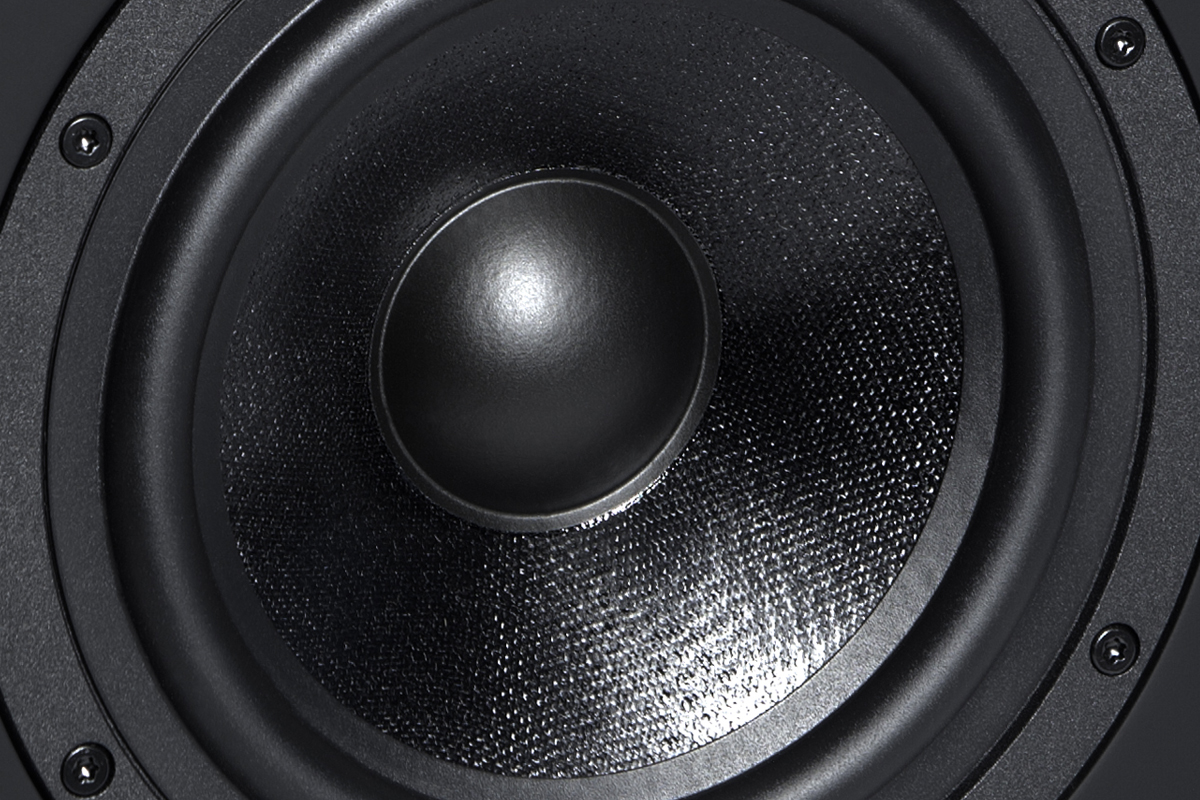
HEDD Type 07 Analog Active Loudspeakers
- Written by: Gordon Brockhouse
When computer audio took off, a decade ago, many hobbyists opted to use active studio monitors, rather than the usual amplifier and passive speakers. It’s not hard to see why. Especially for desktop audio, where space is at a premium, speakers with built-in amps are convenient.
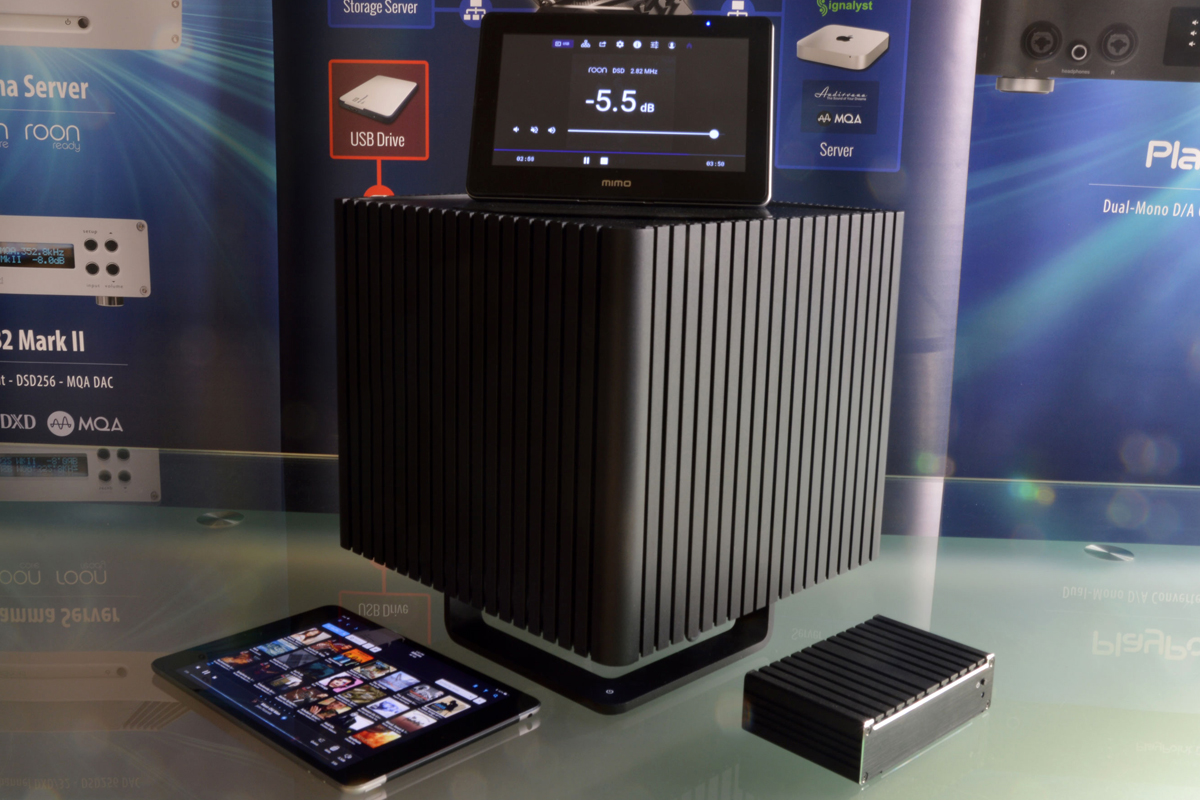
exaSound Audio Design Delta Music Server M100
- Written by: Gordon Brockhouse
Do you need a powerhouse computer just to play music? Not everyone does -- I use a nine-year-old, mid-tier Apple Mac Mini, and it does just fine. I’ve modified it for music playback, swapping out its spinning hard-disk drive for a solid-state drive (SSD), and bumping up its RAM from 4 to 16GB, so that music plays from memory rather than storage.
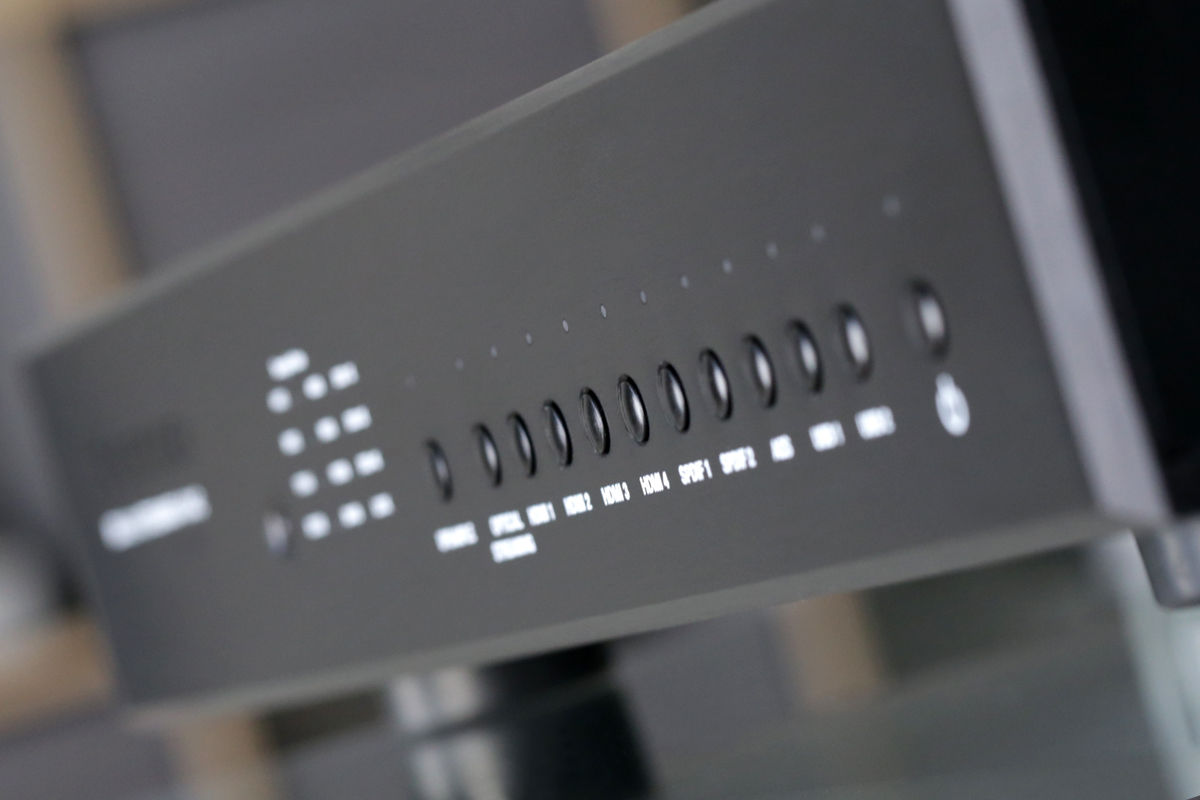
Bryston BDA-3.14 Streaming DAC-Preamplifier
- Written by: Gordon Brockhouse
Can an audio component be more than the sum of its parts? Bryston’s new BDA-3.14 streaming DAC-preamp ($4195, all prices USD) invites that question. Essentially, it combines two products on one chassis: the acclaimed BDA-3 DAC ($3795) and a network streamer based on the BDP-Pi ($1495). The BDP-Pi derives its name from the Raspberry Pi single-board computer at its core. Hence the model number of the new integrated product -- 3.14 is an approximation of the mathematical constant pi (π), denoting the ratio of a circle’s circumference to its diameter.
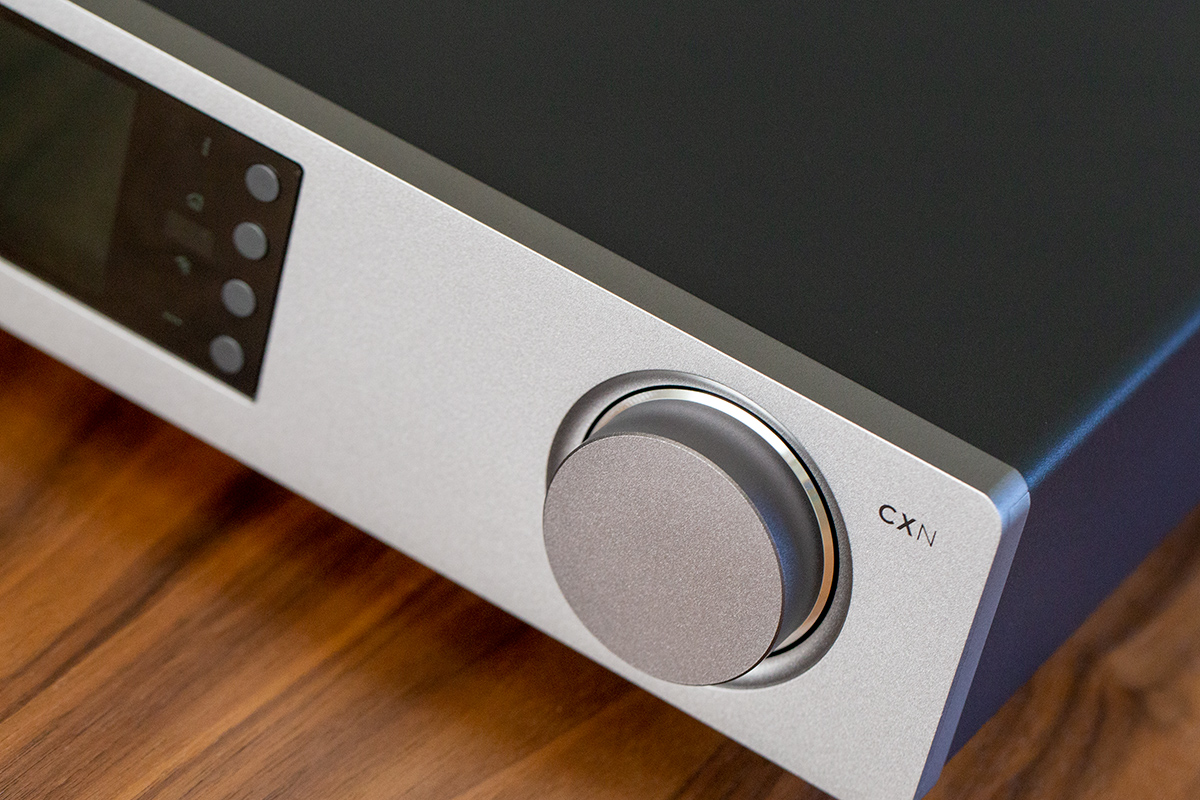
Gently Down the Stream
- Written by: Gordon Brockhouse
Many of the products I’ve recently reviewed for Simplifi have been DACs with built-in streamers -- most recently, Bryston’s BDA-3.14 ($4195, all prices USD) and iFi Audio’s Pro iDSD ($2749); and, before that, NAD’s Classic C 658 ($1649), Lumin’s T2 ($4500), and Naim Audio’s ND5 XS 2 ($3495).
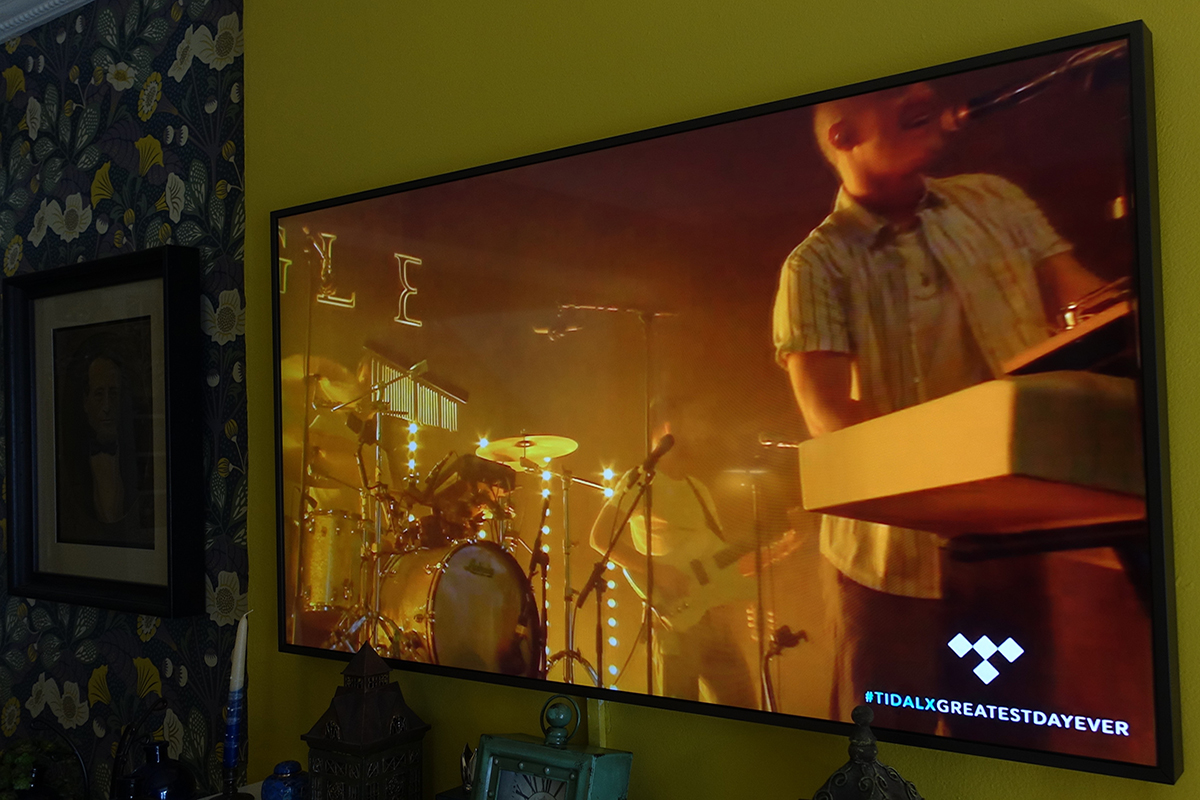
Big Events
- Written by: Gordon Brockhouse
In my last three columns, I wrote about how streaming is changing the ways people discover and experience music. In my January feature, “The State of Streaming,” I looked at streaming services that deliver lossless CD-resolution and high-resolution music. In “The Name Game,” published February 1, I wrote about how streaming has given rise to whole new classes of audio components, and set out to establish some definitions. And in my March feature, “Rules of the Game,” I discussed the software protocols that enable these new components to talk to one another, and compared their benefits and drawbacks.

iFi Audio Pro iDSD Streaming DAC-Preamp-Headphone Amplifier
- Written by: Gordon Brockhouse
A half-century ago, when I got into audio, most amplifiers had front panels that looked like jet cockpits. And the higher a model was in its manufacturer’s product line, the more knobs and switches it had.
Read more: iFi Audio Pro iDSD Streaming DAC-Preamp-Headphone Amplifier
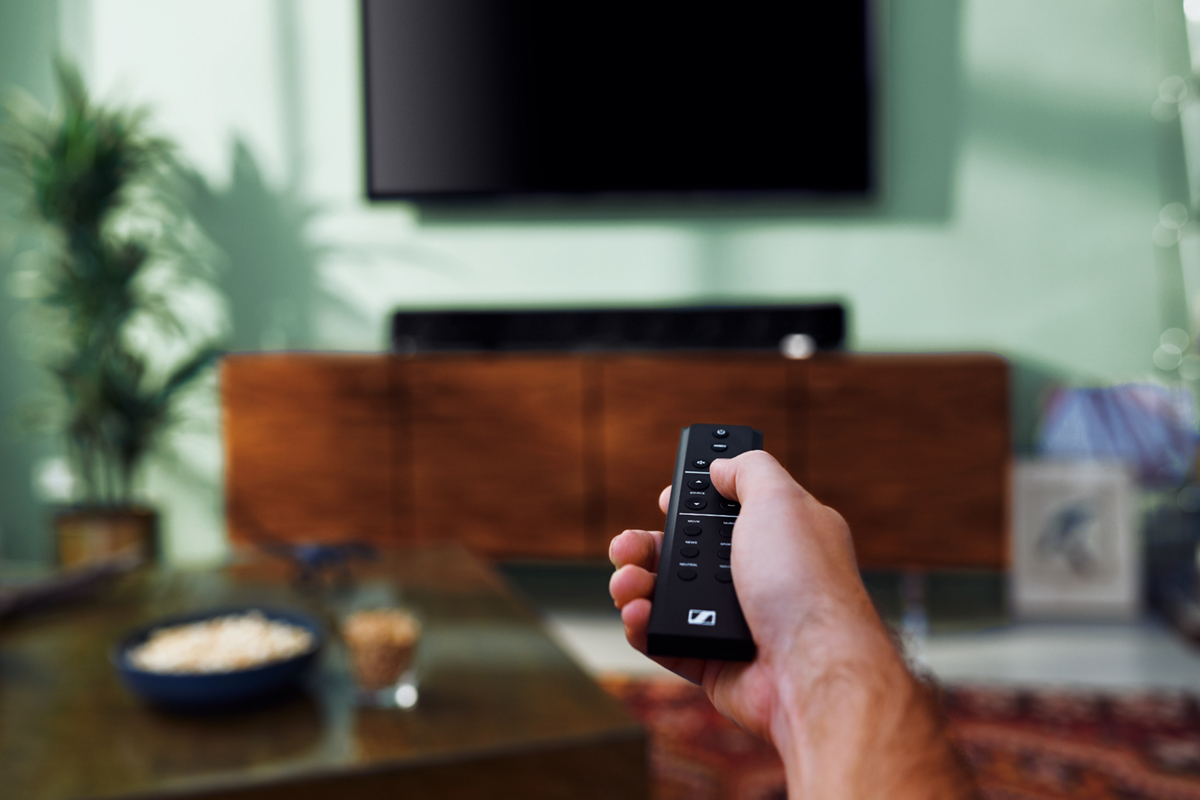
Sennheiser Ambeo Soundbar
- Written by: Gordon Brockhouse
Is there a hobby that’s less domesticated than home theater? Ever since people began connecting their TVs to their stereos in the late 1970s, audio manufacturers have been encouraging them to add more and more speakers -- and it’s gotten a bit crazy.
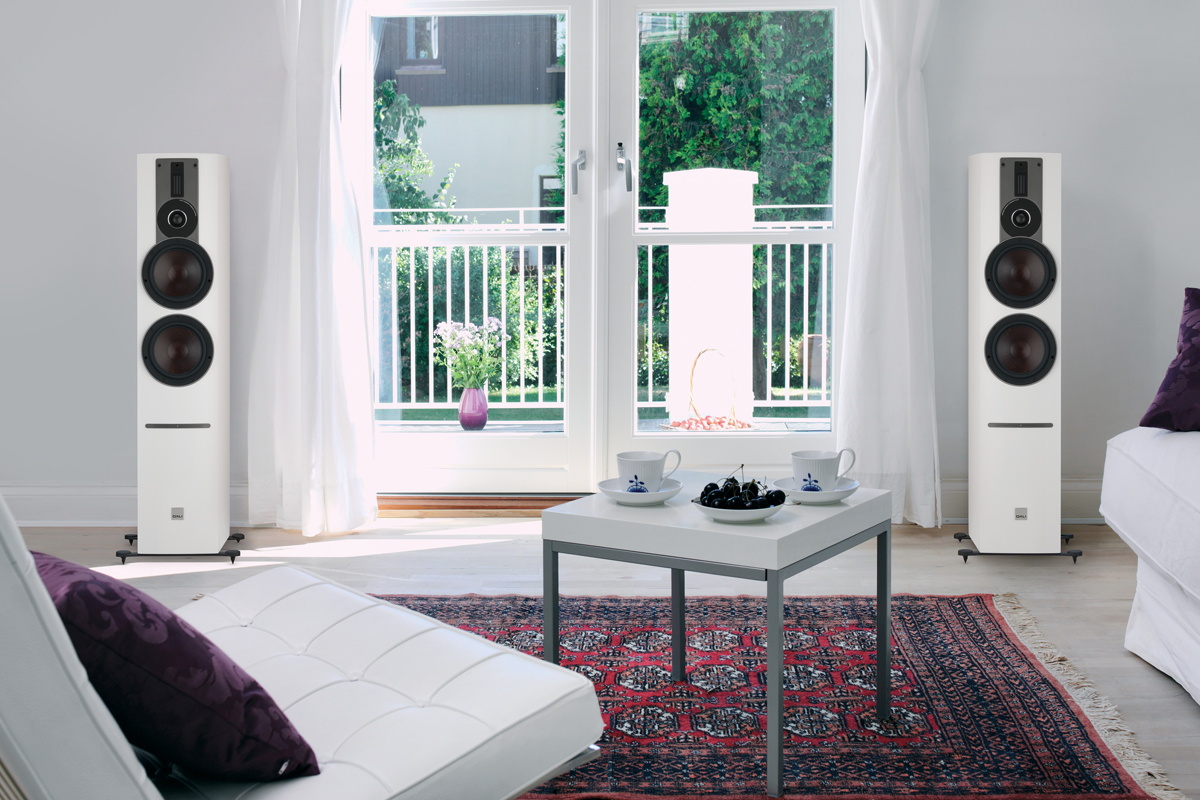
DALI Rubicon 6 C Hybrid Active Loudspeakers
- Written by: Gordon Brockhouse
 Last November in Warsaw, Poland, at the Audio Video Show 2019, I saw several products that fit Simplifi’s mandate to cover “convenient, lifestyle-oriented hi-fi,” many of which I knew I wanted to get in for review. At the top of the list were two new active loudspeakers from Danish Audiophile Loudspeaker Industries (DALI): the Rubicon 2 C stand-mount ($5799/pair, all prices USD) and the Rubicon 6 C floorstander ($7999/pair). DALI’s passive Rubicon models are just one tier below their flagship Epicon series, so the prospect of reviewing these new active versions was mighty appealing.
Last November in Warsaw, Poland, at the Audio Video Show 2019, I saw several products that fit Simplifi’s mandate to cover “convenient, lifestyle-oriented hi-fi,” many of which I knew I wanted to get in for review. At the top of the list were two new active loudspeakers from Danish Audiophile Loudspeaker Industries (DALI): the Rubicon 2 C stand-mount ($5799/pair, all prices USD) and the Rubicon 6 C floorstander ($7999/pair). DALI’s passive Rubicon models are just one tier below their flagship Epicon series, so the prospect of reviewing these new active versions was mighty appealing.
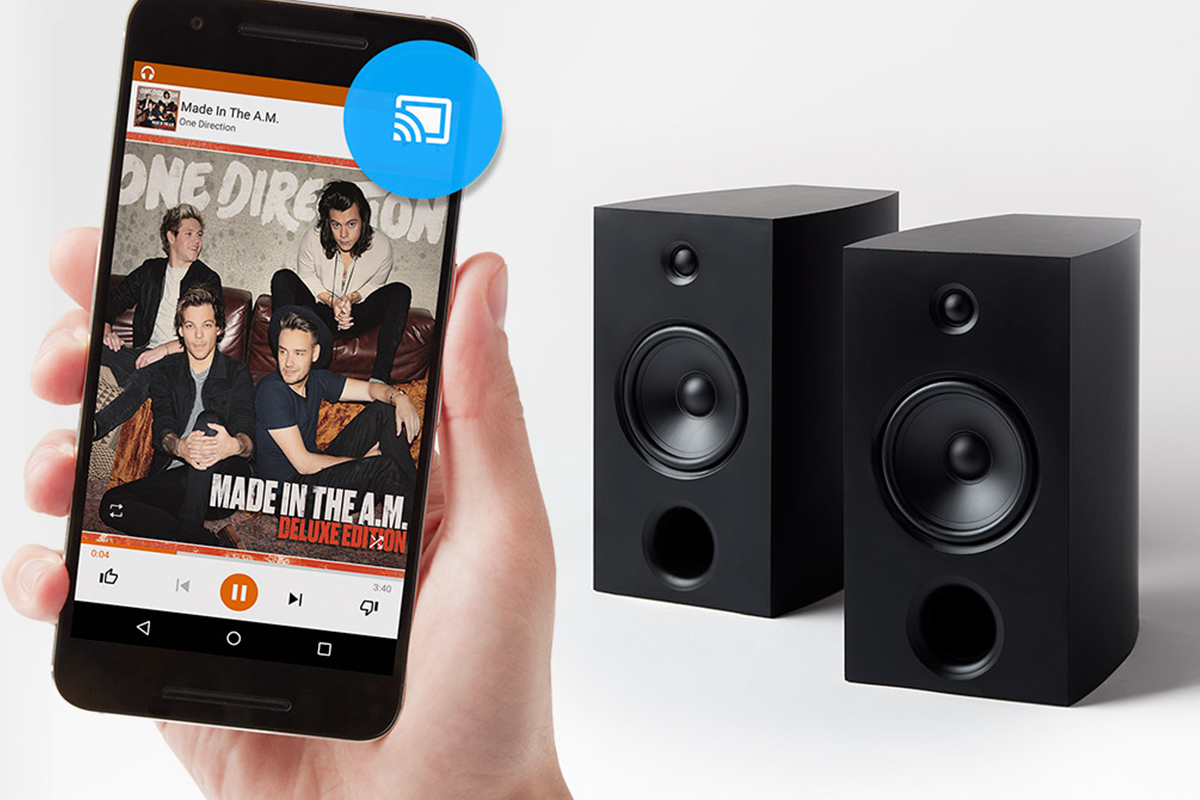
Rules of the Game
- Written by: Gordon Brockhouse
In last month’s feature, I looked at the various kinds of components that can make up a Simplifi’d music system. As I noted then, networked music systems include three broad classes of components that traditional hi-fi systems don’t: servers, which send audio data (and metadata) over a home network; streamers, which receive and render that data; and controllers, with which users select music and control its playback.
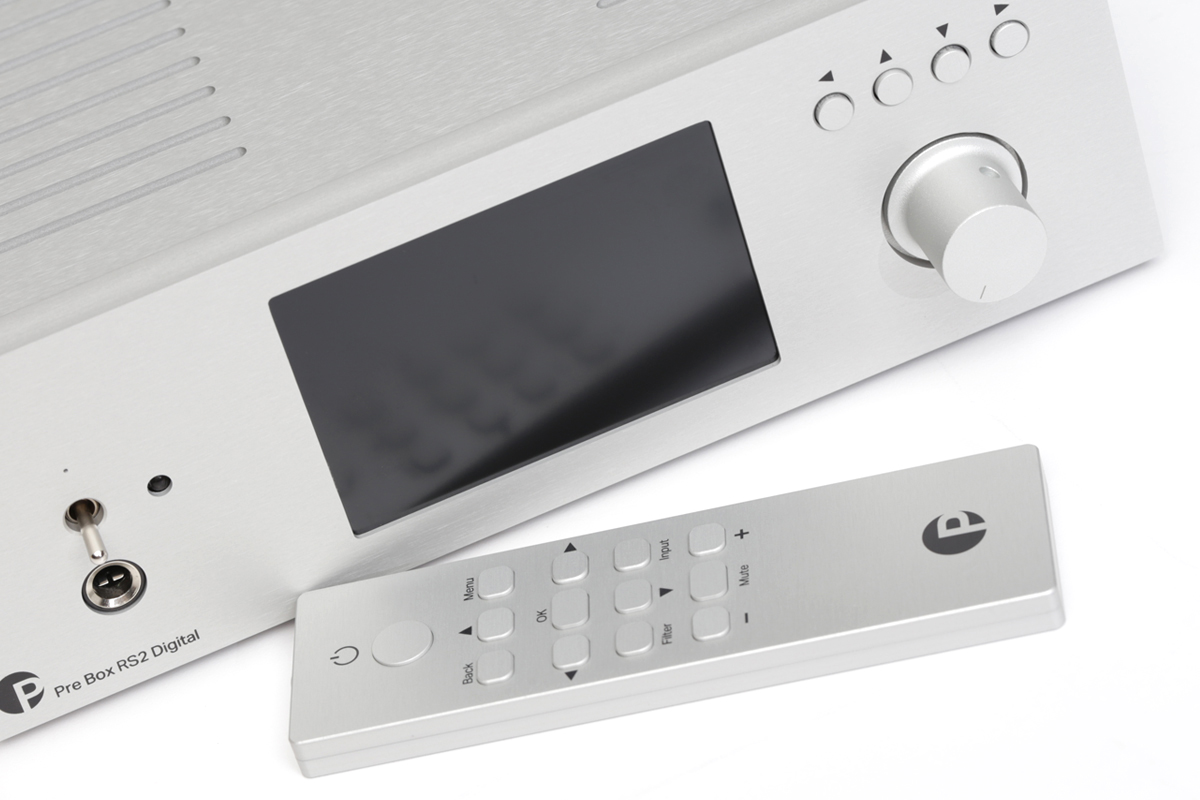
Pro-Ject Audio Systems Pre Box RS2 Digital DAC-Preamp-Headphone Amp
- Written by: Gordon Brockhouse
The audio world knows of Pro-Ject Audio Systems as a major brand of turntables, but this Vienna-based company also makes an extensive line of electronics that lately have been winning all kinds of awards. For the past three years, Pro-Ject has received awards for its turntables and its electronic components from the Expert Imaging and Sound Association (EISA).
Read more: Pro-Ject Audio Systems Pre Box RS2 Digital DAC-Preamp-Headphone Amp
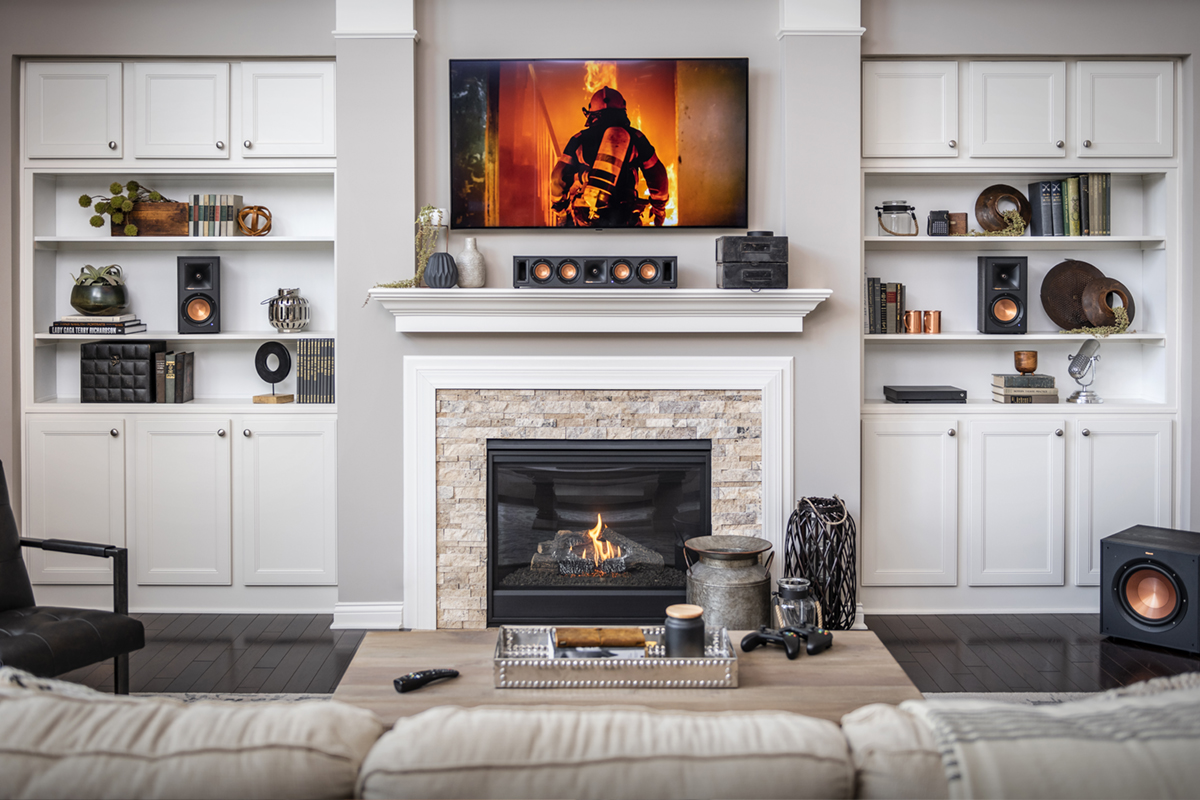
Klipsch RW-51M Wireless Powered Loudspeakers
- Written by: Gordon Brockhouse
“You want to put those in our living room?” Over the years, words like these have scuttled countless plans for new home-entertainment systems. If the components themselves didn’t push the spouse acceptance factor into the red zone, the cables needed to connect them did.
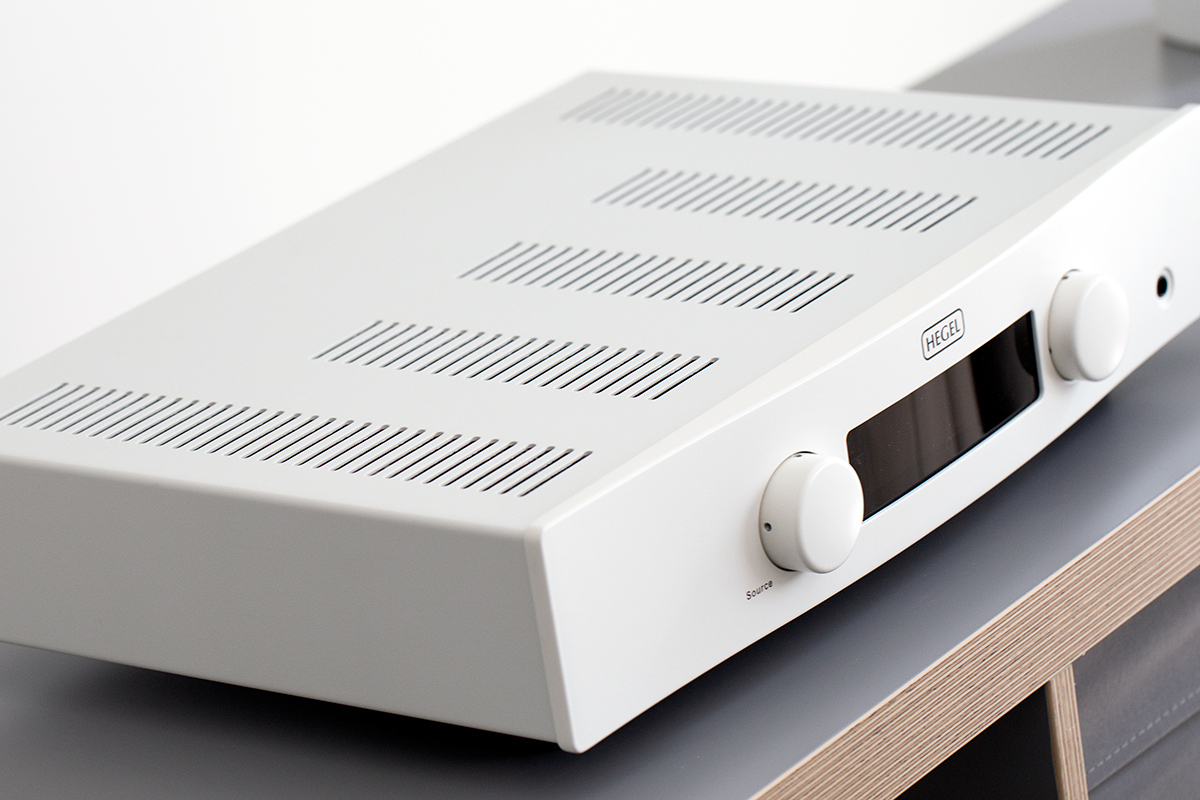
The Name Game
- Written by: Gordon Brockhouse
I sometimes wonder if the name of this site, Simplifi, contradicts its stated mission to cover “convenient, lifestyle-oriented hi-fi,” per the blurb on the SoundStage! Network portal.
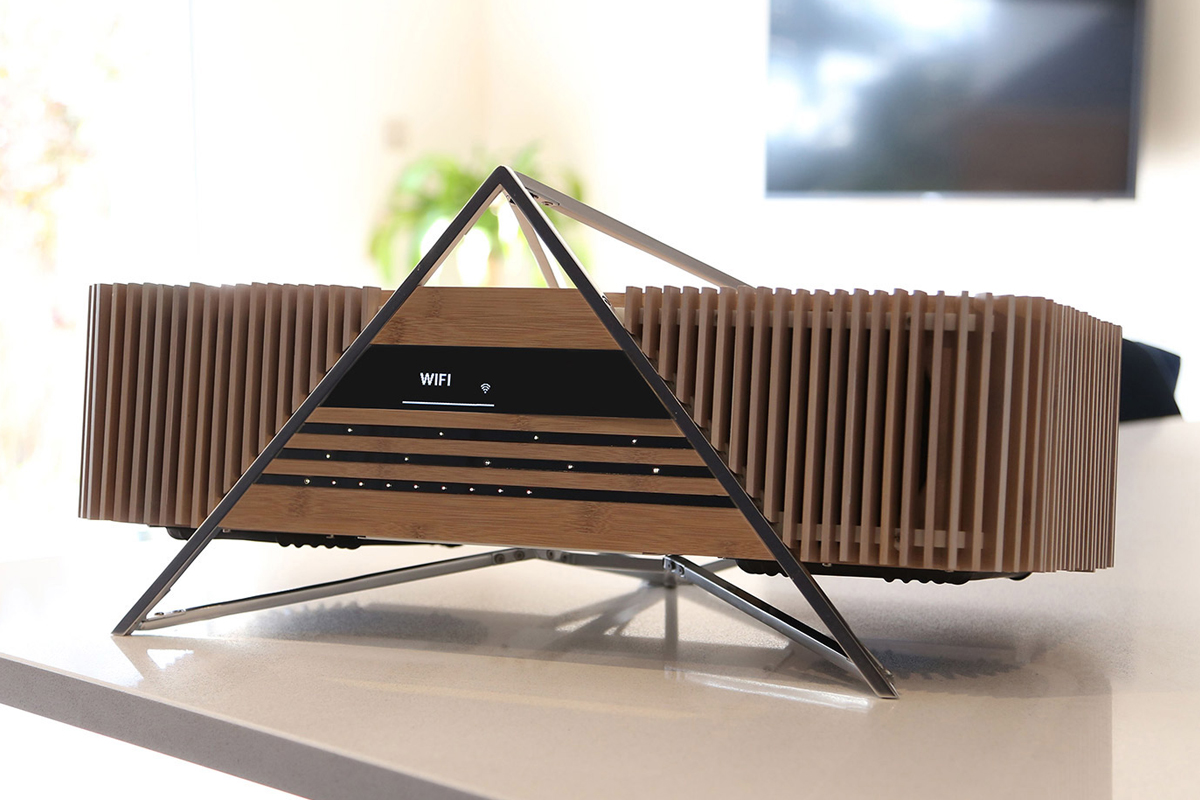
iFi Audio Aurora Wireless Music System
- Written by: Gordon Brockhouse
At a press event last May at High End 2019, in Munich, a chorus of oohs and aahs rippled through the audience when iFi Audio unveiled, for the first time, its Aurora tabletop music system ($1399, all prices USD). A glance at the photographs accompanying this review make it easy to understand this reaction.
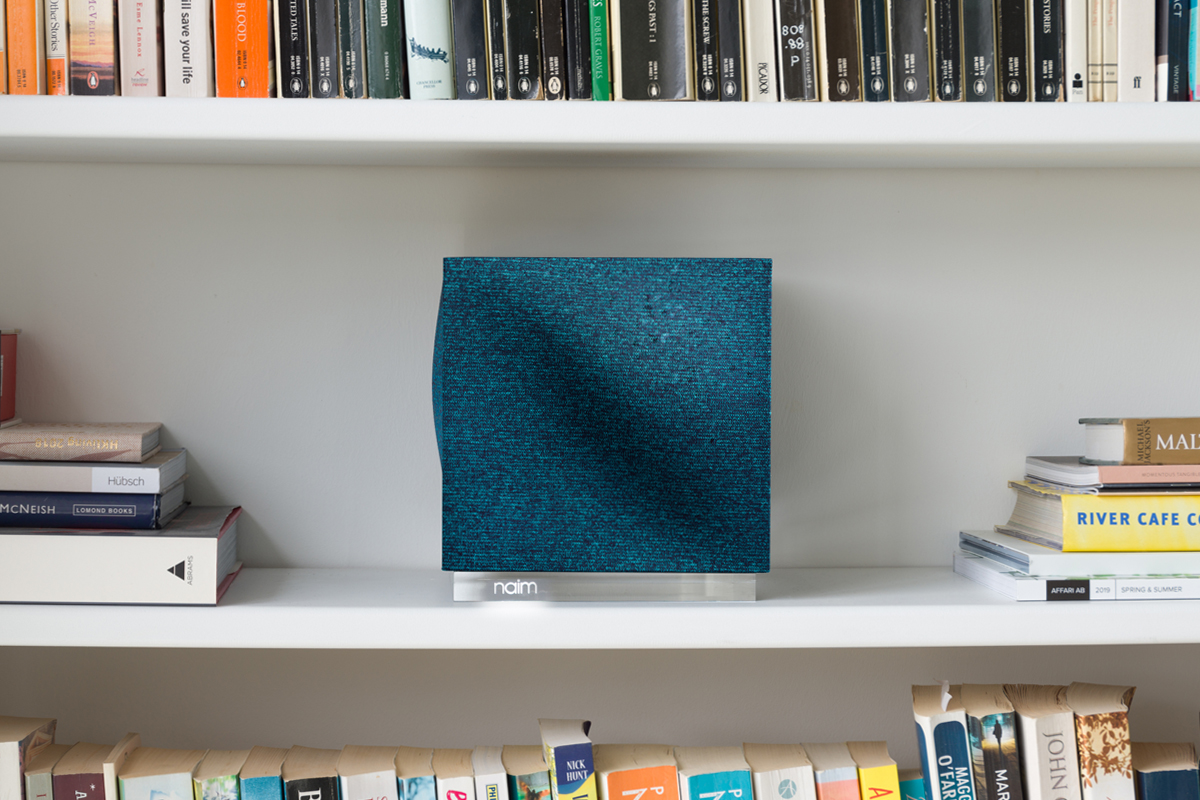
Naim Audio Mu-so Qb 2nd Generation Wireless Music System
- Written by: Gordon Brockhouse
 When Naim Audio introduced a new version of its acclaimed Mu-so wireless music system in May 2019, at Munich’s High End, it seemed inevitable that an updated version of the Mu-so Qb would soon follow. And so it did. In early August Naim announced the Mu-so Qb 2nd Generation ($899, all prices USD), and in late October my review sample arrived.
When Naim Audio introduced a new version of its acclaimed Mu-so wireless music system in May 2019, at Munich’s High End, it seemed inevitable that an updated version of the Mu-so Qb would soon follow. And so it did. In early August Naim announced the Mu-so Qb 2nd Generation ($899, all prices USD), and in late October my review sample arrived.
Read more: Naim Audio Mu-so Qb 2nd Generation Wireless Music System
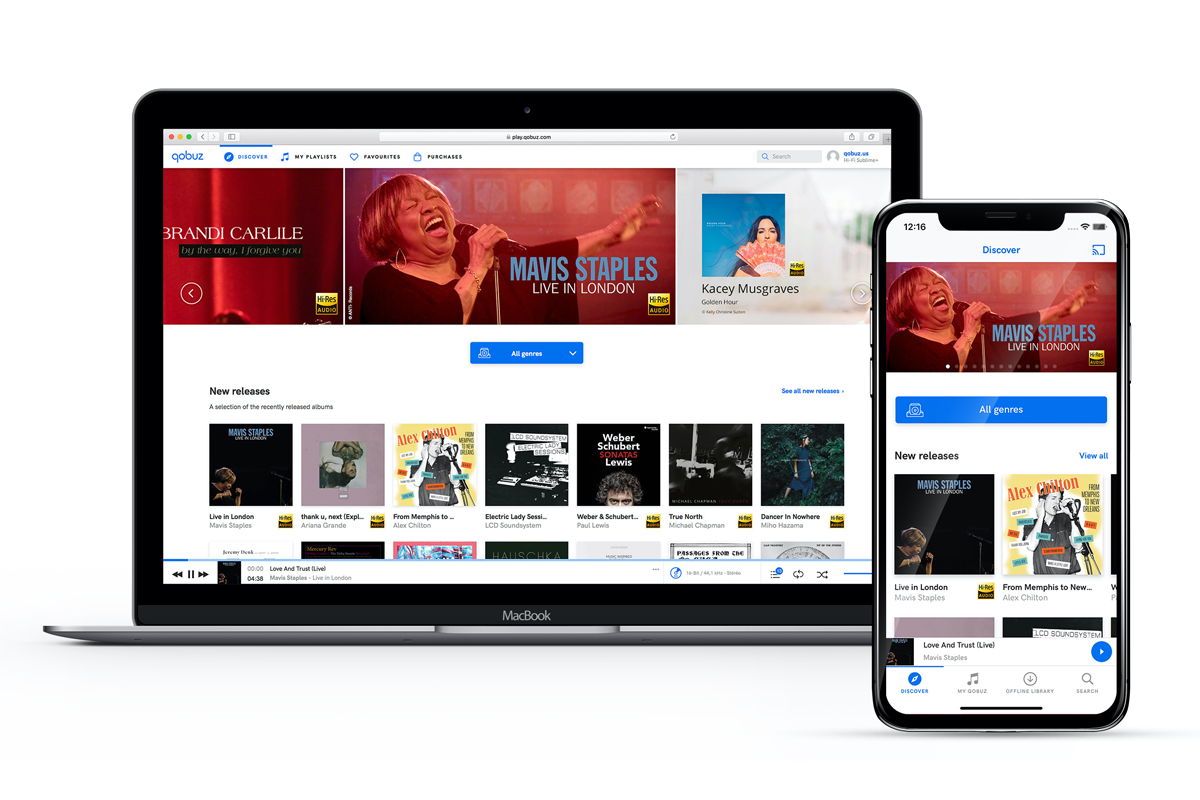
January 1, 2020: The State of Streaming
- Written by: Gordon Brockhouse
It’s the start of a new year -- and, depending on your math, the beginning of the 2020s or the end of the 2010s. Do the 2020s officially begin on January 1, 2020, or on January 1, 2021? Whichever, it’s time to look at the top audio trends of the past year and the past decade.
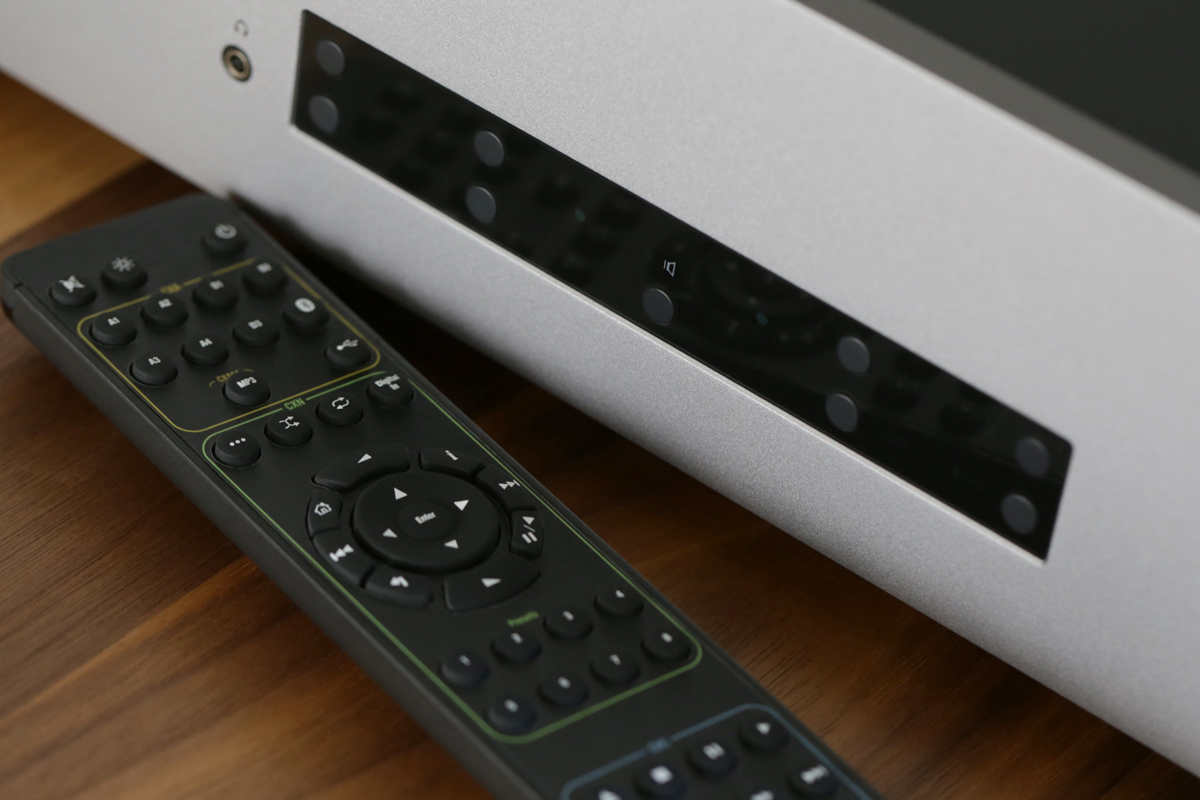
Cambridge Audio CXA81 Integrated Amplifier-DAC
- Written by: Gordon Brockhouse
These days, it’s becoming increasingly common for audio manufacturers to offer integrated amplifiers with built-in, high-resolution DACs. For audiophiles who want a low-footprint system to use in real-world living spaces, that’s a very good thing. Add a pair of speakers and a digital source component like a notebook PC or network streamer, and you have most of the world’s music at your fingertips.
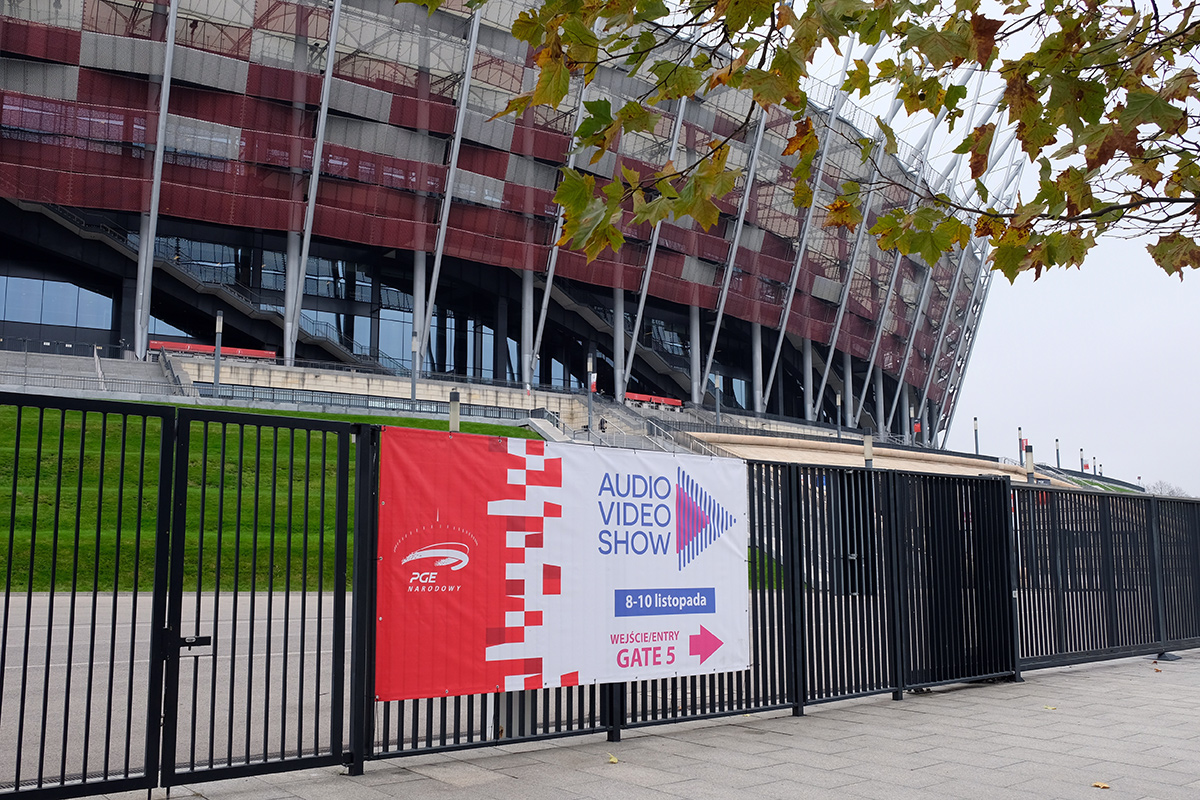
Warsaw’s Audio Video Show 2019, Simplifi’d
- Written by: Gordon Brockhouse
Judging by the crowds at Audio Video Show 2019, held Friday-Sunday, November 8-10, in Eastern Europe hi-fi is a family affair. The 23rd edition of the show was held in three venues in central Warsaw, in Poland: the Radisson Blu Sobieski and Golden Tulip hotels, and the PGE Narodowy, or National Stadium.

Hegel Music Systems H120 Integrated Amplifier-DAC
- Written by: Gordon Brockhouse
To my knowledge, in the 24 years of the SoundStage! Network only one product has ever been retroactively granted a Reviewers’ Choice award. That product was the Hegel Music Systems Röst integrated amplifier-DAC, reviewed for Simplifi by Al Griffin in February 2017 -- in fact, the Röst was the first integrated amplifier to be reviewed on this site.
Read more: Hegel Music Systems H120 Integrated Amplifier-DAC

DALI Katch One Soundbar
- Written by: Gordon Brockhouse
In his coverage of CEDIA Expo 2019 for SoundStage! Global, Brent Butterworth called DALI’s Katch One soundbar ($999, all prices USD) the “product at the CEDIA Expo that I’d most like to have right at this very minute.” I found this surprising -- not because I had any doubts that the Katch One is a fine product, but because there were so many other lustworthy products at this year’s Expo, including several Brent outlined in his four show reports. A few highlights were Revel’s PerformaBe speakers, NAD’s T 778 nine-channel A/V receiver, and MartinLogan’s 40XW in-wall speaker, each of which has 40 driver-units. There were also lustworthy video products, including 4K laser projectors from Epson, JVC, and LG, and Sony’s modular Crystal LED wall display system.
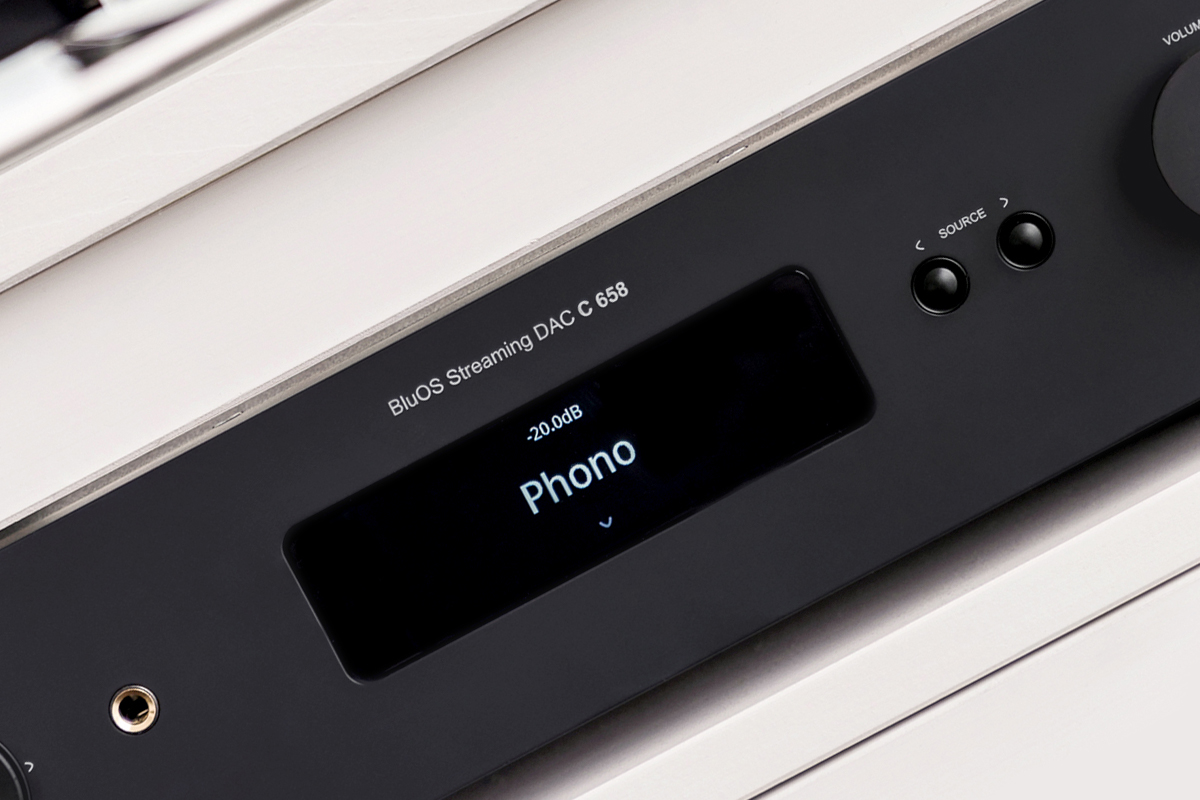
NAD Classic C 658 BluOS Streaming DAC
- Written by: Gordon Brockhouse
 It’s been just over five years since Canada’s Lenbrook Industries Limited launched the Bluesound brand of streaming multiroom products, and many of the decisions Lenbrook made during Bluesound’s formative stages now seem prescient. These include developing the underlying BluOS technology in-house, rather than sourcing it from a third party, and supporting high-resolution playback right from the start.
It’s been just over five years since Canada’s Lenbrook Industries Limited launched the Bluesound brand of streaming multiroom products, and many of the decisions Lenbrook made during Bluesound’s formative stages now seem prescient. These include developing the underlying BluOS technology in-house, rather than sourcing it from a third party, and supporting high-resolution playback right from the start.
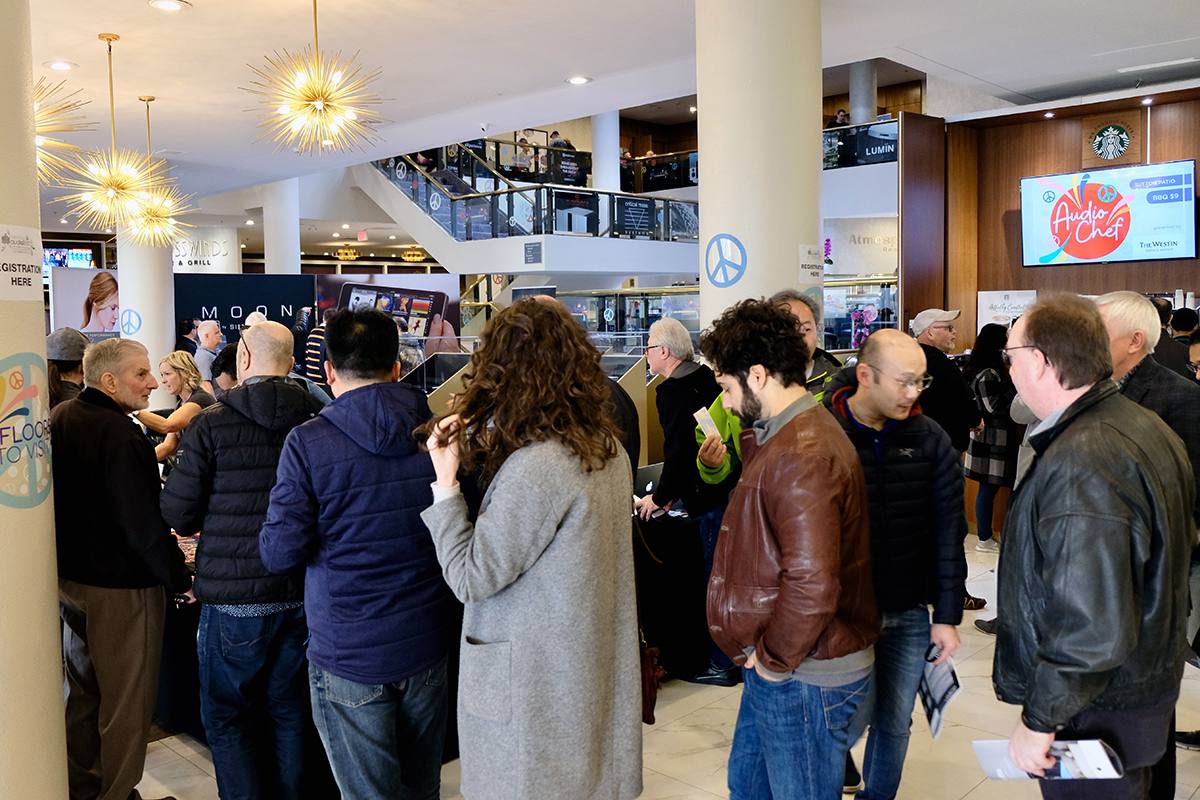
Toronto Audiofest 2019, Simplifi'd
- Written by: Gordon Brockhouse
What would you rather do on a glorious Canadian autumn weekend: Go for a hike in the woods? Do some urban exploring? Listen to great audio equipment in a suburban hotel?
Over the weekend of October 18-20, 3500 people chose the third option, spending hours or days at the second edition of the Toronto Audiofest, held at the Westin Toronto Airport Hotel in Mississauga, Ontario.
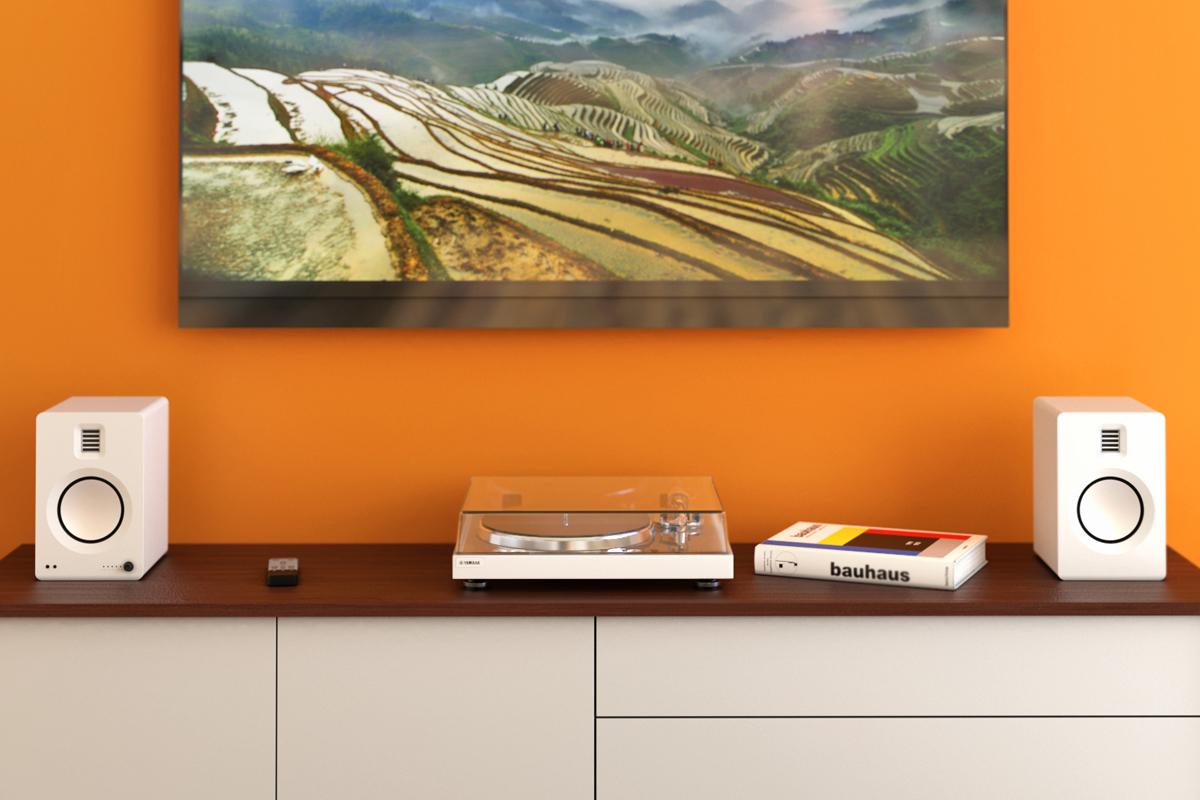
Kanto Audio Tuk Powered Loudspeakers
- Written by: Gordon Brockhouse
Based in Coquitlam, British Columbia, on Canada’s left coast, Kanto Audio has made a name for itself with budget-priced powered stereo speaker systems. These include the YU2 ($219.99/pair, all prices USD), a two-way desktop speaker with USB DAC and 3.5mm stereo analog input; and two bookshelf models, the YU4 ($329.99/pair) and YU6 ($399.99/pair), both featuring Bluetooth connectivity, a built-in phono preamp, a TosLink digital input, and a line-level analog input. The YU4 has a 4” Kevlar woofer and a 1” soft-dome tweeter, driven by a 35Wpc RMS class-D amp; the larger YU6 has a 5.25” woofer and a 50Wpc RMS class-D amp. Kanto’s most ambitious design yet is the Tuk powered minimonitor ($799.99/pair). Inside each rear-ported enclosure is a 5.25” aluminum woofer and a 28 x 45mm Air Motion Transformer (AMT) tweeter.

Hi-Rez à-Go-Go
- Written by: Gordon Brockhouse
On the various websites of the SoundStage! Network you’ll find reviews of all kinds of source components -- CD players, streamers, DACs, turntables, cartridges, and phono stages. But to my knowledge, in its 24-year history SoundStage! has reviewed only one smartphone: the LG G7 ThinQ.
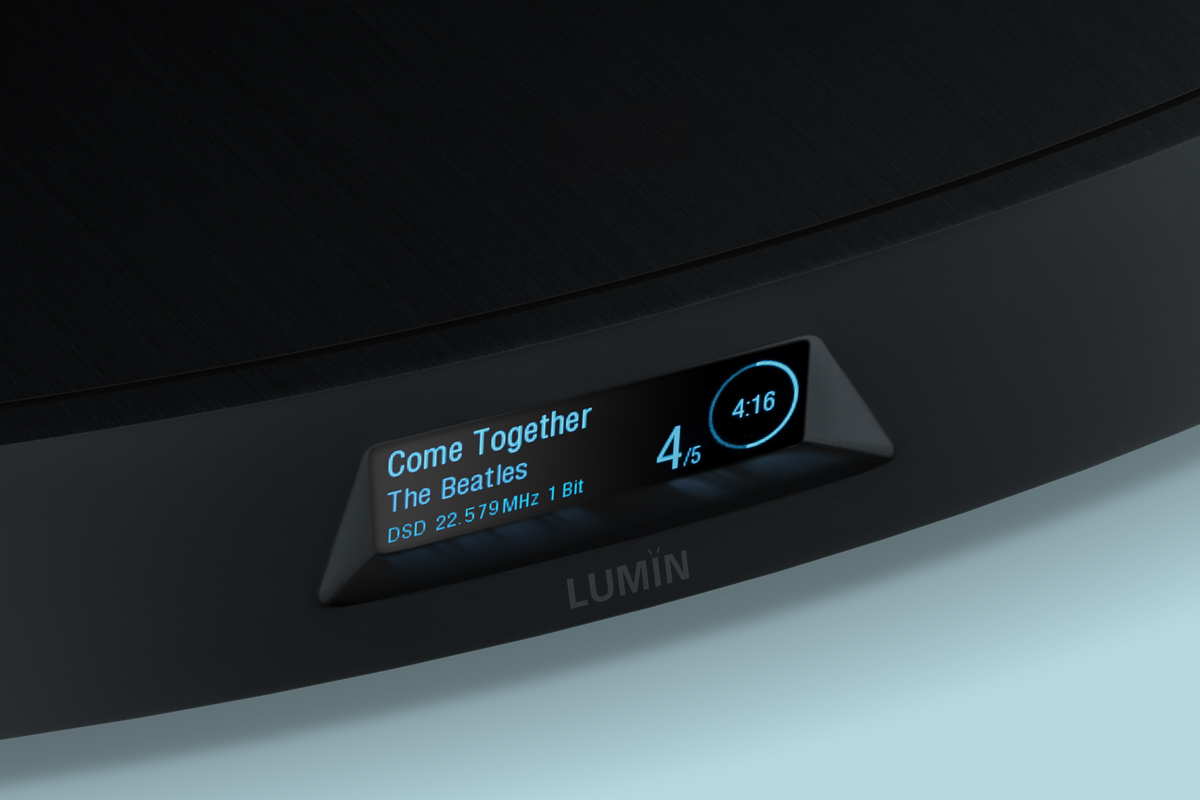
Lumin T2 Network Music Player
- Written by: Gordon Brockhouse
Do you have to be a propeller-head to enjoy Simplifi’d hi-fi? The question might seem nonsensical, but when you think about this site’s mandate -- to cover “convenient, lifestyle-oriented audio” -- it makes a perverse kind of sense, and the product reviewed here illustrates my point.
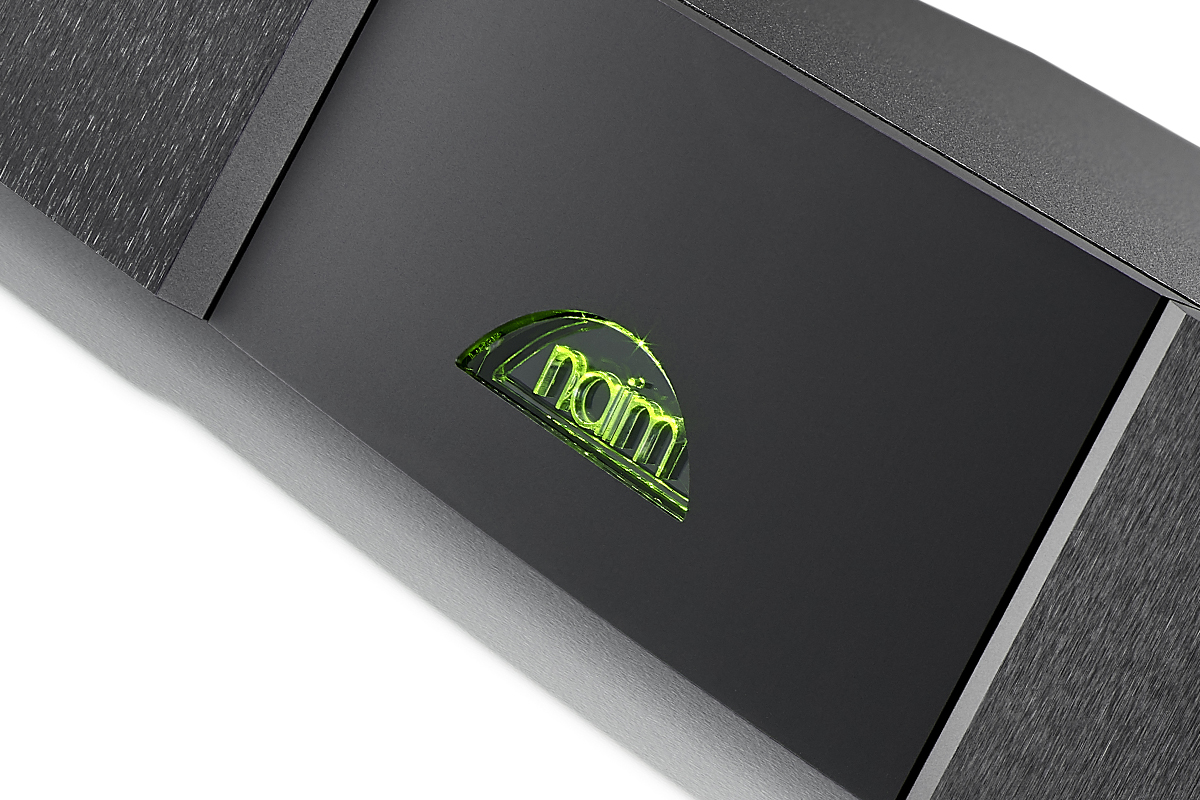
Naim Audio ND5 XS 2 Network Music Player
- Written by: Gordon Brockhouse
Like many music-lovers, I’ve changed my listening habits drastically in the last ten years. A decade ago, all of the music I listened to at home was stored on shiny discs. A decade later, those discs are long gone. My music library is now stored on a LaCie 2Big Thunderbolt RAID system connected to an Apple Mac Mini computer in my second-floor office. The Mac Mini runs Roon Core, and streams music via Wi-Fi to the music system in my main-floor living room.
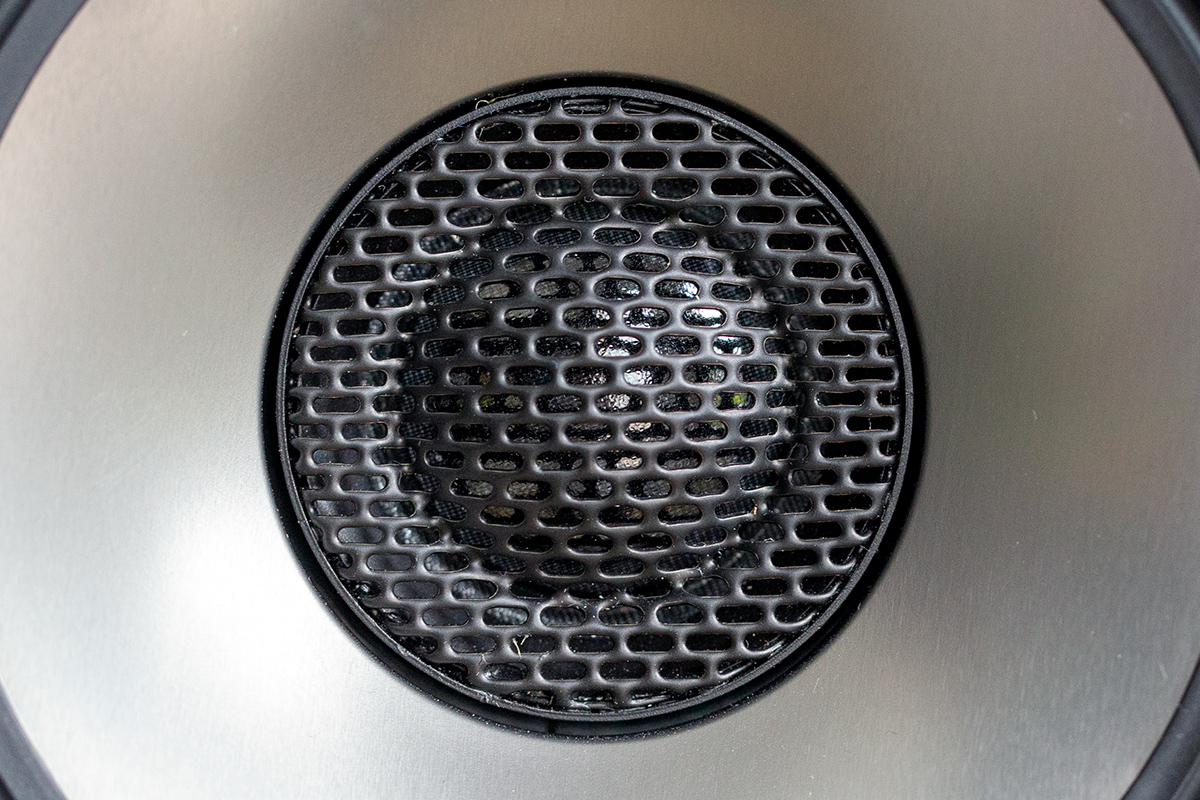
Elac Navis ARF-51 Active Loudspeakers
- Written by: Gordon Brockhouse
 In her song “Big Yellow Taxi,” Joni Mitchell famously observed “That you don’t know what you’ve got / Till it’s gone.” There’s a lot of truth in that. The converse is equally true -- you don’t know what you’ve been missing till you experience it. Both thoughts occurred to me as I reviewed Elac’s Navis ARF-51 active floorstanding speakers.
In her song “Big Yellow Taxi,” Joni Mitchell famously observed “That you don’t know what you’ve got / Till it’s gone.” There’s a lot of truth in that. The converse is equally true -- you don’t know what you’ve been missing till you experience it. Both thoughts occurred to me as I reviewed Elac’s Navis ARF-51 active floorstanding speakers.

Streaming the Classics
- Written by: Gordon Brockhouse
Is classical music in danger of dying “a digital death”? That prospect worries Thomas Steffens, CEO of Amsterdam-based Primephonic, a streaming service that specializes in classical music. “The world is moving toward streaming, where there are no CD stores anymore, and download stores are disappearing,” Steffens told me in an interview. “At the same time, classical music is massively underrepresented on streaming services. Classical music accounts for 5% of all global music consumption, but only 1% of streaming music, and 0.5% of streaming royalties.”
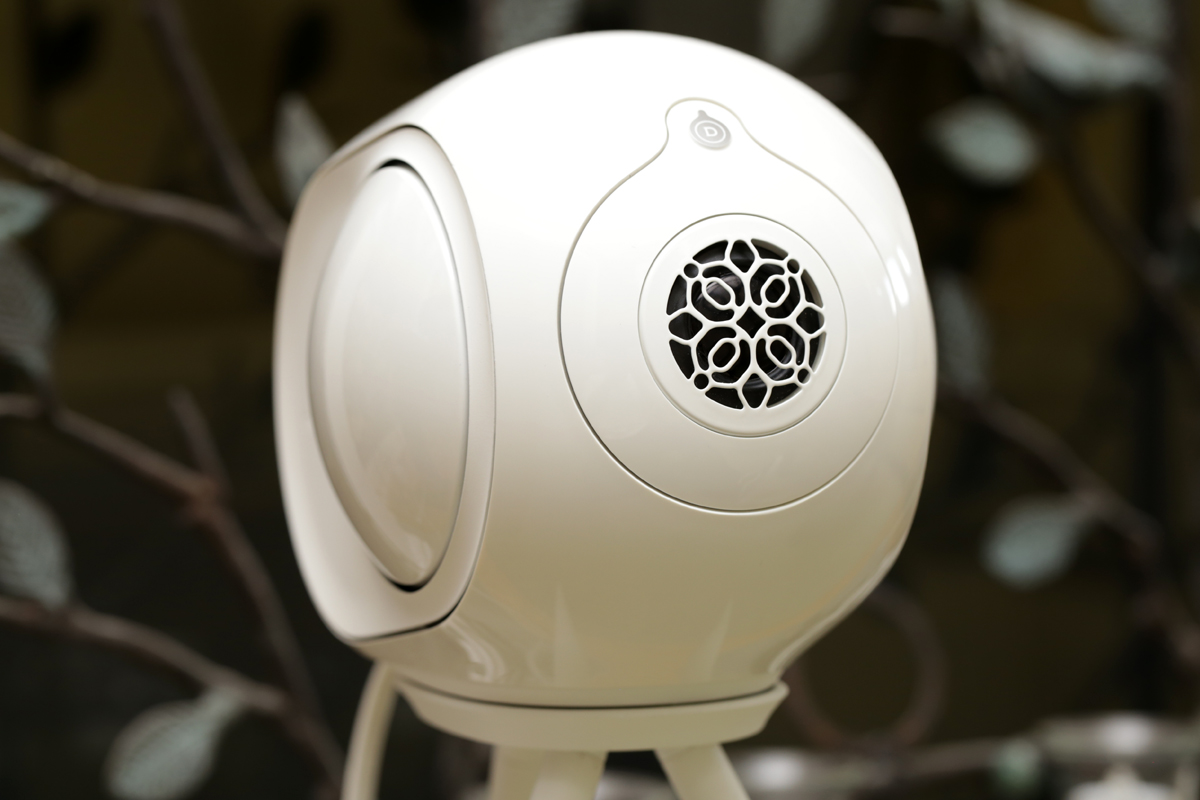
Devialet Phantom Reactor 900 Active Loudspeakers
- Written by: Gordon Brockhouse
Cute, adorable, funky -- you rarely read those adjectives in reviews of serious audio products, but they do describe the appearance of Devialet’s Phantom Reactor active loudspeakers. Perched on their matching tripod stands, the Reactors evoke memories of R2D2 from Star Wars (though each Reactor is much smaller), or characters from the game Angry Birds (the Reactors look way friendlier).

Play Nice Together -- An Interview with Rob Darling of Roon Labs
- Written by: Gordon Brockhouse
Is a music-management application that costs $499 USD expensive? That’s what you’ll pay for a lifetime subscription to Roon, and I’ve occasionally called it “an expensive option.” If you don’t want to plunk down half a thou, you can pay $119 for a one-year subscription.
Read more: Play Nice Together -- An Interview with Rob Darling of Roon Labs
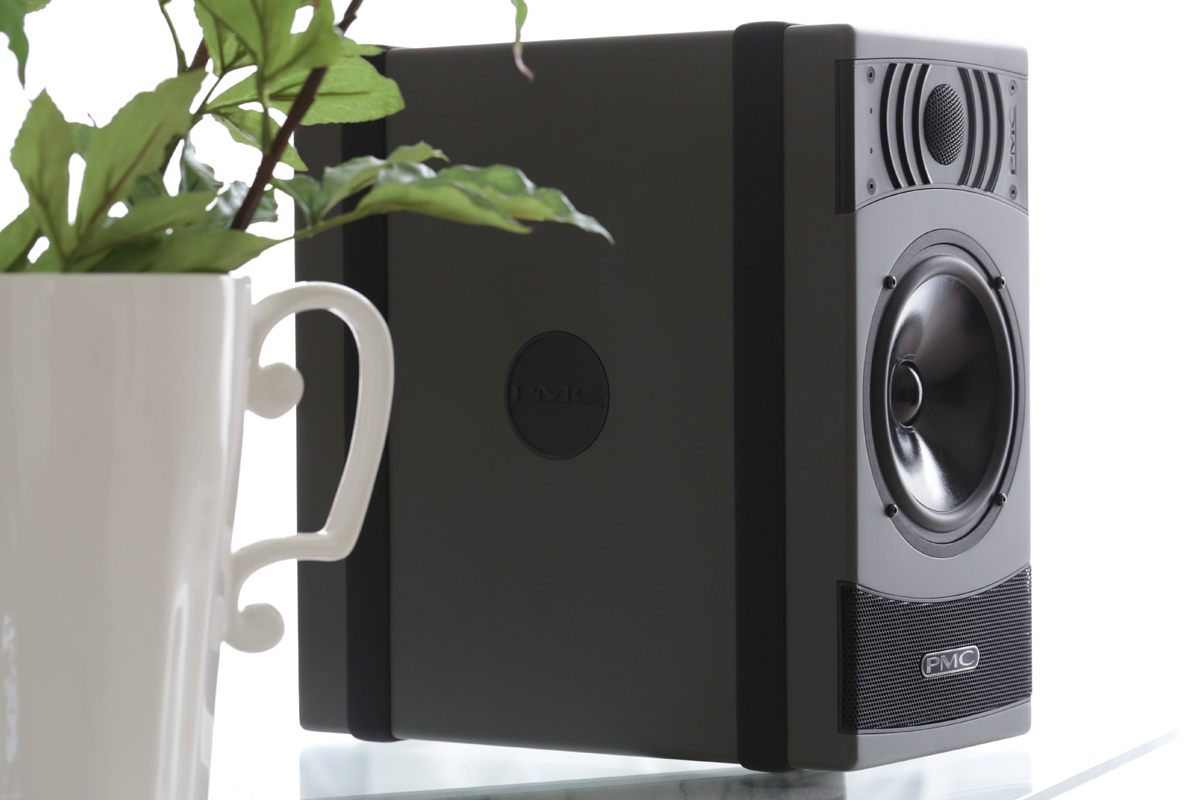
PMC result6 Active Loudspeakers
- Written by: Gordon Brockhouse
As regular visitors to this site surely know by now, I’m a big proponent of active loudspeakers. My reference system is built around a pair of Dynaudio Focus 200 XDs, which have dedicated 150W class-D amps for their 1” tweeters and 6.5” woofers. This choice was driven by domestic considerations -- it would be almost impossible to fit a system of audio separates into the living room of the century-old row house I share with my much better half.
- Bowers & Wilkins Formation Duo Active Loudspeakers
- Active Voices, Part Three: KEF's Jack Oclee-Brown
- Naim Audio Mu-so 2nd Generation Wireless Music System
- McIntosh Laboratory MTI100 Integrated Turntable
- High End 2019, Simplifi'd
- Yamaha WXA-50 MusicCast Streaming Amplifier
- NAD Masters M10 BluOS Streaming Integrated Amplifier
- Active Voices, Part Two: Axiom Audio's Andrew Welker
- Primare SC15 Prisma Streaming DAC-Preamp
- Montréal Audio Fest Simplifi'd
- Naim Uniti Core CD Ripper/Music Server
- Elac Navis ARB-51 Active Loudspeakers
- Active Voices, Part One: Elac's Andrew Jones
- Bluesound Pulse 2i Wireless Speaker
- SVS Prime Wireless Active Speakers
- Let's Keep it Simple
- Totem Acoustic Kin Play Powered Speakers
- A Roon of One's Own
- KEF LSX Active Loudspeakers
- Bluesound Vault 2i CD Ripper-Server-Streamer
- Pro-Ject Audio Systems Stream Box S2 Ultra Music Streamer
- How I Simplifi'd My Wi-Fi
- Kii Audio Three DSP-Controlled Active Loudspeakers
- Aurender S5W Battery-Powered Wireless Active Loudspeakers
- Are Downloads Dead?
- Cambridge Audio Yoyo (L) Wireless Speaker
- Hi-Rez Streaming: Tidal vs. Qobuz
- DALI Callisto 2 C Active Speaker System
- Toronto Audiofest 2018 Simplifi'd
- Kanto SYD Bluetooth Speaker
- LG G7 ThinQ Smartphone
- How I Simplifi'd My Hi-Fi
- Pro-Ject Audio Systems Juke Box E Turntable-Integrated Amplifier
- Time to Celebrate: Five Years of Google Chromecast
- NAD D 3020 V2 Bluetooth Integrated Amplifier-DAC
- How Good Can Voice Recognition Get?
- Polk Assist Wi-Fi Smart Speaker
- Are Smart Speakers Any Good for Audiophiles?
- MartinLogan Unison Wireless Preamplifier
- High End 2018, Simplifi'd
- Dynaudio Music 7 Wi-Fi Speaker
- Musical Fidelity M6 Encore 225 Music System
- Cocktail Audio X35 Music System
- Is the Smart Speaker a Dumb Idea?
- Peachtree Audio decco125 Sky Integrated Amplifier-DAC
- Technics Ottava f SC-C70 Music System
- What's Up with Apple AirPlay 2?
- JBL Link 500 Wi-Fi Speaker
- The Spotify Dilemma
- Trinnov Amethyst DAC-Preamplifier-Processor
- Control4 Triad One Streaming Amplifier
- Elac Discovery Z3 Wi-Fi Speaker
- CES 2018, Simplifi’d
- Klipsch Heritage Wireless Three Wi-Fi Speaker
- Farewell, CES
- Paradigm PW 300 Wi-Fi Loudspeakers
- Thiel Audio Aurora Home Wi-Fi Speaker
- Room Tunes
- Hegel Music Systems H190 DAC-Integrated Amplifier
- Social Streaming
- Yamaha R-N803 Network Stereo Receiver
- Onkyo TX-8270 Network Stereo Receiver
- CEDIA 2017, Simplifi’d
- Dynaudio Focus 20 XD Active Loudspeakers
- Riva Audio Festival Wi-Fi Speaker
- Naim Audio Uniti Atom Wireless Streaming DAC-Integrated Amplifier
- Classical Prime Time
- NAD Masters Series M50.2 Digital Music Player
- Bryston BryFi BW-1 Wi-Fi Speaker
- The Röst Reconsidered
- Arcam rPlay Music Streamer
- Auralic Polaris Wireless Streaming DAC-Integrated Amplifier
- High End 2017, Simplifi'd
- Simaudio Moon Neo ACE DAC-Streamer-Integrated Amplifier
- Vinyl: There's an App for That
- Metadata: Life with Roon
- NAD C 368 DAC-Integrated Amplifier
- The Internet and Audio: The Good, the Bad, and the Impossible
- Lumin M1 Integrated Amplifier-Network Music Player
- Arcam Solo Music DAC-Integrated Amplifier-Universal Player
- McIntosh Laboratory RS100 Wi-Fi Loudspeakers
- The State of Streaming
- Hegel Music Systems Röst Integrated Amplifier
- CES 2017, Simplifi'd
- Naim Audio Mu-so Qb Wi-Fi Speaker
- Why "Simplifi"
- Bang & Olufsen BeoSound 2 Wi-Fi Speaker
Page 6 of 9
SoundStage! Simplifi is part of
All contents available on this website are copyrighted by SoundStage!® and Schneider Publishing Inc., unless otherwise noted. All rights reserved.
This site was designed by RocketTheme, Karen Fanas, and The SoundStage! Network.
To contact us, please e-mail info@soundstagenetwork.com





